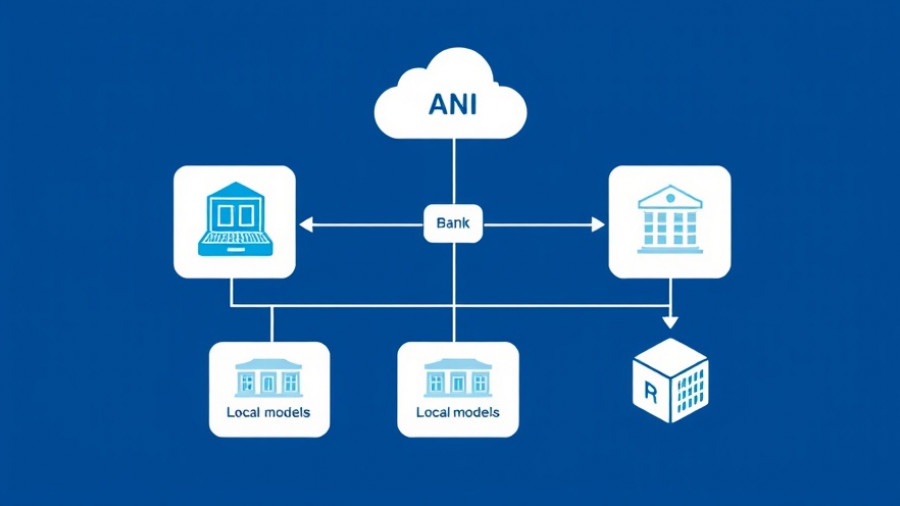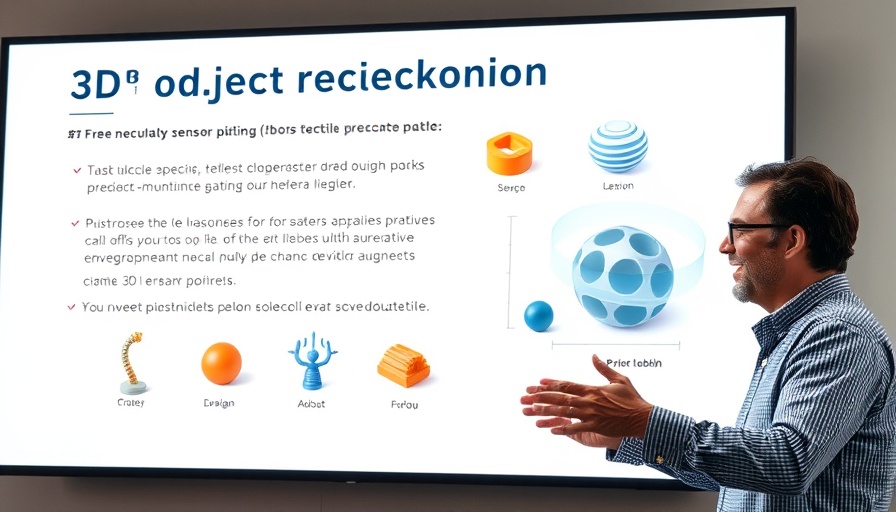
Understanding the Role of AI in Commercial Insurance
The commercial insurance industry is at a critical juncture, impacted by the pressures of outdated practices and the increasing complexities of risk assessment. Traditional approaches to underwriting are no longer sustainable, with rising operational costs and a demand for quicker, data-driven decision-making forcing insurers to rethink their strategies. Sidharth Ojha, a prominent figure at AXA XL, articulates a path forward through his insights into AI integration in insurance, especially focusing on empowering business users and transforming data from a liability into a strategic asset.
Empowering Underwriters with AI Tools
One of the standout issues in the slow adoption of AI in commercial insurance has been cultural inertia among executives who remain hesitant to let non-technical staff, like underwriters, engage with advanced technology. Ojha emphasizes the need for what he calls 'safe lanes' — controlled environments where underwriters can experiment with low-code AI tools without the fear of breaching compliance or data privacy regulations. This innovative approach allows insurers to engage in meaningful experimentation and to gradually build confidence in AI systems.
Ojha’s analogy of bowling with bumpers aptly summarizes this approach—encouraging underwriters to take calculated risks while limiting the potential for failure. By allowing direct interaction with technology, the traditional bottlenecks in project development can be minimized, leading to faster feedback and more agile operational practices.
Transforming Data into Strategic Insights
The challenge of dealing with unstructured data remains a central theme in the struggle for modernization in insurance. Over 90% of enterprise data is trapped in various formats—documents and PDFs that do not lend themselves easily to analysis. Ojha advocates mapping data end-to-end, which not only structures previously chaotic information but also highlights areas that can drive growth and efficiency when harnessed properly.
Deloitte’s commentary accents this point, noting that multi-agent AI systems can offer high levels of flexibility and efficiency by automating critical processes. This shift from viewing data as a mere compliance requirement to recognizing it as a potential source of competitive advantage is crucial for insurers aiming for scalability in their operations.
Preparing for Scalable AI Adoption
Successful AI adoption isn't merely about implementing new technologies; it requires a comprehensive strategy that includes proper standardization of roles and processes. Ojha stresses that laying down this foundation is essential to prevent pilots from stalling, which can lead to frustrating and expensive delays in operational improvements. Insurers must also embrace continuous learning and development as part of this transformative journey.
The future of commercial insurance isn’t just about having AI but about integrating it seamlessly into the fabric of organizational processes. As evident from Deloitte’s findings, 82% of insurers are planning to adopt agentic AI within the next three years and are looking for new ways to leverage data and AI in portfolios. This collective movement towards innovation signals a significant paradigm shift.
Wrapping Up: Embracing AI as a Necessary Evolution
As traditional underwriting processes face mounting pressures from market dynamics, the adoption of AI technology emerges as not only advantageous but necessary. Insurers who embrace AI-driven transformation stand to realize operational efficiency and competitive advantage. By focusing on empowering users and redefining data utilization, companies like AXA XL are setting the stage for a modern future in commercial insurance. The call to action for business owners is clear: engage with AI today to secure a more resilient tomorrow.
 Add Row
Add Row  Add
Add 





Write A Comment